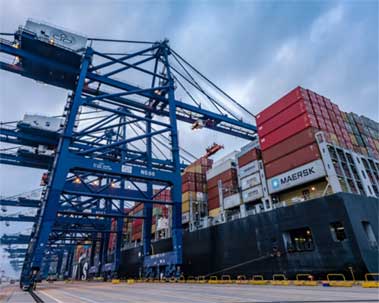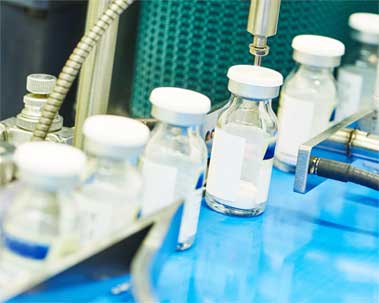CLOSE
Search
The main performance parameters of the bellows are stiffness, allowable displacement, pressure resistance, cycle life, effective area, working temperature and so on. The main geometric parameters include inner diameter, outer diameter, wall thickness, number of layers, wave distance, wave thickness, waviness, effective length, end structure, etc. Only part of the performance parameters are explained below.
1. stiffness
The stiffness of the bellows is the force required to produce the unit displacement of the bellows. The axial stiffness, bending stiffness, torsional stiffness, etc., which are different according to the load and displacement properties, are important in the practical application. For axial stiffness, it is a parameter to reflect the sensitivity of bellows. The greater the stiffness, the worse the sensitivity. The axial stiffness is also inversely proportional to the number of ripples.
3. resistance to pressure
The pressure resistance is divided into two forms: internal pressure and external pressure. Generally speaking, when the same bellows is subjected to the same conditions, the external pressure ratio is more stable than the internal pressure.
Qualitative is better, so the maximum pressure resistance of external pressure is higher than that of internal pressure.
3. cycle life
The process of the bellows with the stem from full to full to full opening is called a cycle. The cycle life refers to the reciprocating movement of the bellows under the specified pressure, temperature and axial stroke without destroying the maximum cycle times. The cycle life of the same bellows is related to its working state, displacement size, cycle frequency, pressure and temperature. The external force, strong displacement, excessive displacement and scratching are all seriously affecting the cycle life and sealing effect.
The corrugated pipe is welded on the stem and makes it 50% of the valve's stroke free relaxation, which makes the compression displacement and extension displacement roughly equal, so that the cycle life can be reached to the maximum. The travel of most control valves varies in a small range between 25%-75%, which produces a small displacement near the flabby point of the bellows, not the entire working displacement of the full stroke movement. This can also significantly prolong the service life of the bellows, that is, the number of actual cycles is longer than the rated cycle life given. Metal bellow seal manufacturer will consider this point.
4. working temperature
Working temperature is also one of the main factors that affect the life of bellows. Different bellows have different applicable temperature ranges, but even within the required range, the more they are near the range and lower limit, the more the use times are affected.
1. stiffness
The stiffness of the bellows is the force required to produce the unit displacement of the bellows. The axial stiffness, bending stiffness, torsional stiffness, etc., which are different according to the load and displacement properties, are important in the practical application. For axial stiffness, it is a parameter to reflect the sensitivity of bellows. The greater the stiffness, the worse the sensitivity. The axial stiffness is also inversely proportional to the number of ripples.
3. resistance to pressure
The pressure resistance is divided into two forms: internal pressure and external pressure. Generally speaking, when the same bellows is subjected to the same conditions, the external pressure ratio is more stable than the internal pressure.
Qualitative is better, so the maximum pressure resistance of external pressure is higher than that of internal pressure.
3. cycle life
The process of the bellows with the stem from full to full to full opening is called a cycle. The cycle life refers to the reciprocating movement of the bellows under the specified pressure, temperature and axial stroke without destroying the maximum cycle times. The cycle life of the same bellows is related to its working state, displacement size, cycle frequency, pressure and temperature. The external force, strong displacement, excessive displacement and scratching are all seriously affecting the cycle life and sealing effect.
The corrugated pipe is welded on the stem and makes it 50% of the valve's stroke free relaxation, which makes the compression displacement and extension displacement roughly equal, so that the cycle life can be reached to the maximum. The travel of most control valves varies in a small range between 25%-75%, which produces a small displacement near the flabby point of the bellows, not the entire working displacement of the full stroke movement. This can also significantly prolong the service life of the bellows, that is, the number of actual cycles is longer than the rated cycle life given. Metal bellow seal manufacturer will consider this point.
4. working temperature
Working temperature is also one of the main factors that affect the life of bellows. Different bellows have different applicable temperature ranges, but even within the required range, the more they are near the range and lower limit, the more the use times are affected.
Related News
 English
English français
français Deutsch
Deutsch Español
Español italiano
italiano русский
русский português
português العربية
العربية ไทย
ไทย čeština
čeština Polska
Polska


